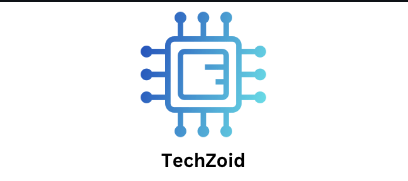What is a Music Selling App?
At its core, a music selling app is a digital platform that facilitates the transaction of music between artists (or their distributors) and listeners. Unlike streaming-only services that offer access to vast libraries for a subscription fee, music selling apps specifically enable the purchase and ownership of individual tracks, albums, or even exclusive content. While many popular streaming services like Apple Music and Amazon Music also incorporate a selling component, dedicated music selling apps often cater to a more direct artist-to-fan model, allowing artists greater control over their pricing and direct engagement with their audience.
These apps serve as a virtual marketplace, providing independent artists, record labels, and even established musicians with the tools to upload, showcase, and monetize their work. For consumers, they offer a convenient way to buy music, often with higher audio quality than typical streaming, and to support artists directly.
How Do Music Selling Apps Work?
The operational mechanics of music selling apps vary slightly depending on the platform, but generally follow a similar workflow. For artists, the process usually begins with uploading their music files, typically in high-quality formats like WAV or FLAC, along with associated metadata such as album art, song titles, artist information, and genre tags. Many platforms offer distribution services, pushing the music to a wide array of digital stores and streaming platforms worldwide, including Spotify, Apple Music, YouTube Music, Amazon Music, and more.
Artists then set their pricing for individual tracks, EPs, or full albums. Some platforms operate on a commission basis, taking a percentage of each sale, while others offer subscription models where artists pay an annual fee and retain a higher percentage, sometimes even 100%, of their royalties. Features like royalty splitting for collaborators, pre-save links, and promotional tools are often integrated.
For consumers, these apps provide a user-friendly interface to browse, search, and preview music. Once a purchase is made, the music is typically available for download in various formats, often with the option for offline listening. Many apps also include features like personalized recommendations, curated playlists, and social sharing options, enhancing the overall user experience.
The Benefits for Artists and Consumers
Music selling apps offer a multitude of advantages for both creators and their audience. For artists, the most significant benefit is the unprecedented level of independence and control. They no longer rely solely on traditional record labels for distribution and promotion, gaining the ability to directly reach a global audience. This direct-to-fan approach often translates to higher earnings, as artists retain a larger share of the revenue compared to traditional deals. Furthermore, these platforms provide valuable data insights into audience demographics, listening habits, and geographical popularity, empowering artists to make informed decisions about their music and touring. The ease and cost-effectiveness of digital distribution also allow for faster release cycles and greater creative freedom.
Consumers, on the other hand, benefit from increased accessibility to a vast and diverse musical landscape. They can discover new artists and genres, often supporting independent creators directly, which fosters a deeper connection with the music they love. The ability to own music provides a sense of permanence and allows for offline listening without relying on an active subscription. Higher audio quality downloads are also a major draw for audiophiles.
Key Features of a Robust Music Selling App
A truly effective music selling app goes beyond basic upload and download functionalities. Essential features include a seamless and intuitive user interface (UI) and user experience (UX), robust search and filtering options, high-quality audio streaming and download capabilities, and secure payment gateways. Personalized recommendation engines powered by AI or user behavior analysis are crucial for discoverability.
For artists, features like detailed analytics dashboards, royalty tracking, promotional tools (e.g., smart links, promo cards), and direct communication channels with fans are highly valuable. Social integration, allowing users to share their purchases and discoveries, also plays a vital role in organic promotion. Furthermore, supporting various audio formats, offering pre-save options for upcoming releases, and providing customer support are all indicators of a well-rounded music selling app.
Conclusion
Music selling apps have democratized the music industry, empowering artists to take control of their careers and offering listeners unparalleled access to a world of sound. From independent artists finding their voice to established stars exploring new distribution models, these platforms are continually evolving, integrating advanced technologies like AI and offering increasingly sophisticated features. As the digital landscape continues to shape our consumption habits, music selling apps will undoubtedly remain a cornerstone of the music ecosystem, connecting creators and fans in meaningful and financially viable ways.
